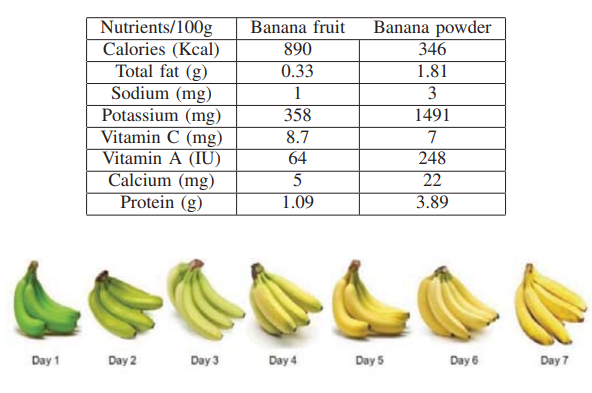Breadcrumb

Banana ripening and corresponding variations in bio-impedance and glucose levels
This paper studies banana fruit ripping using the Cole-impedance model fitted over the measured bio-impedance data by monitoring the changes in the model parameters during the different ripping stages. A set of twenty bananas are tested for 84 hours, and impedance measurements are done every 12 hours using an SP150 electrochemical station. The changes in model parameters are related to the physical changes in the fruit as well as with the glucose concentration, which increases with time. © 2019 IEEE.
Extraction of bioimpedance phase information from its magnitude using a non-uniform Kramers–Kronig transform
A novel non-uniform Kramers–Kronig Transform algorithm for bioimpedance phase extraction is proposed and tested in this work. The algorithm error is studied and compared with a previously proposed phase extraction technique, also based on the Kramers–Kronig transform. Results using simulated datasets and experimental datasets confirm the excellent performance of the algorithm. © 2020, European Biophysical Societies' Association.

Experimental comparison of integer/fractional-order electrical models of plant
Extraction of Phase Information from Magnitude-Only Bio-impedance Measurements Using a Modified Kramers–Kronig Transform
The need for portable and low-cost bio-impedance analyzers that can be deployed in field studies has significantly increased. Due to size and power constraints, reducing the hardware in these devices is crucial and most importantly is removing the need for direct phase measurement. In this paper a new magnitude-only technique based on modified Kramers–Kronig transforms is proposed and tested. Comparison with impedance measurements of fresh and aging tomato samples using a precise industry standard impedance analyzer is carried out and explained. Error and noise analysis of the proposed
Extending the double-dispersion Cole–Cole, Cole–Davidson and Havriliak–Negami electrochemical impedance spectroscopy models
Double-dispersion impedance models are important for the accurate fitting of spectral impedance measurements in Electrical Impedance Spectroscopy (EIS). While the Cole–Cole model is the most widely known, it is possible to define double-dispersion Cole–Davidson and Havriliak–Negami models as well. In this work, we show that more freedom can be exercised when these three models are combined together and that this combination can be done in various forms. Experimental results using a two-stage optimization algorithm applied on the suggested models are provided. © 2021, European Biophysical

